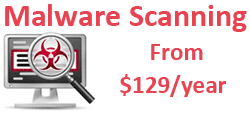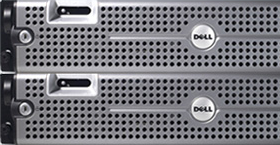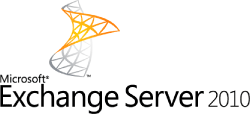The Cron Manager
The Cron Manager is the program used to install, de-install or list scheduled system commands. The Cron Manager is part of the main Server Administration control panel, and can also be activated for each sub-hosted site using the Site Manager.
Each line has five time and date fields, followed by a command. Commands are executed by cron when the minute, hour, and month of year fields match the current time, and when at least one of the two day fields (day of month, or day of week) match the current time.

A Quick Crontab Tutorial
The Cron Manager is the easiest way to set up and manage your cron jobs however if you would like to manage this function via the command line using the “crontab” command here is a short tutorial on crontab usage. The crontab commands are usually placed in a file called “crontab” in your servers /etc directory and the crontab function is activated or “set” by using the “crontab” command as in “crontab /etc/crontab”. To list the contents of the current active crontab for your server you can use the “crontab -l” command. For more information on the crontab function and it’s associated commands you can use the “man crontab” command when logged into your server via telnet.
Each cron job has at least 6 sections. Each section is separated by a single space, but the final section may have spaces within it.No spaces are allowed within Sections 1-5, only between them. Sections 1-5 indicate when and how often you want the task (in the sixth position) to be executed.
Here is how positions 1-5 are laid out:
- Minute 0-59
- Hour 0-23 (0 = midnight)
- Day 1-31
- Month 1-12
- Weekday 0-6 (0 = Sunday)
An asterisk (*) is used to indicate that every instance (i.e. every hour, every weekday, etc.) of the particular time period will be used.
If you want to use more than one instance of a particular time period, then separate the times by a comma. If you want a command to be set for continuous execution the start and stop items are separated by a dash. For example, if you wanted to run your command at :05 and :35 past the hour, every hour, Monday through Friday, then your time stamp would look like this:
5,35 * * * 1-5
The sixth position indicates which task will be run at the given time(s). For example, if you wanted to remove all of the files in your “temp” directory every morning at 5:45 AM, your command would look:
45 5* * * rm /home/username/temp/*
Special Note: While system commands are normally located in the same directories with standard settings for almost all machines, it is best to put the full path of the directory to any commands, system or not. For example, it would be better to use “/usr/bin/rm” instead of just “rm”. This would also apply to any scripts. If the full path to the command is not specified then it is possible that the cronjob will return an error and fail to execute so it always best to include full path names on all commands. Only command lines, blank lines and comments may be placed in a crontab file, any other type of text will cause the crontab to malfunction.



















































 LinkedIn
LinkedIn